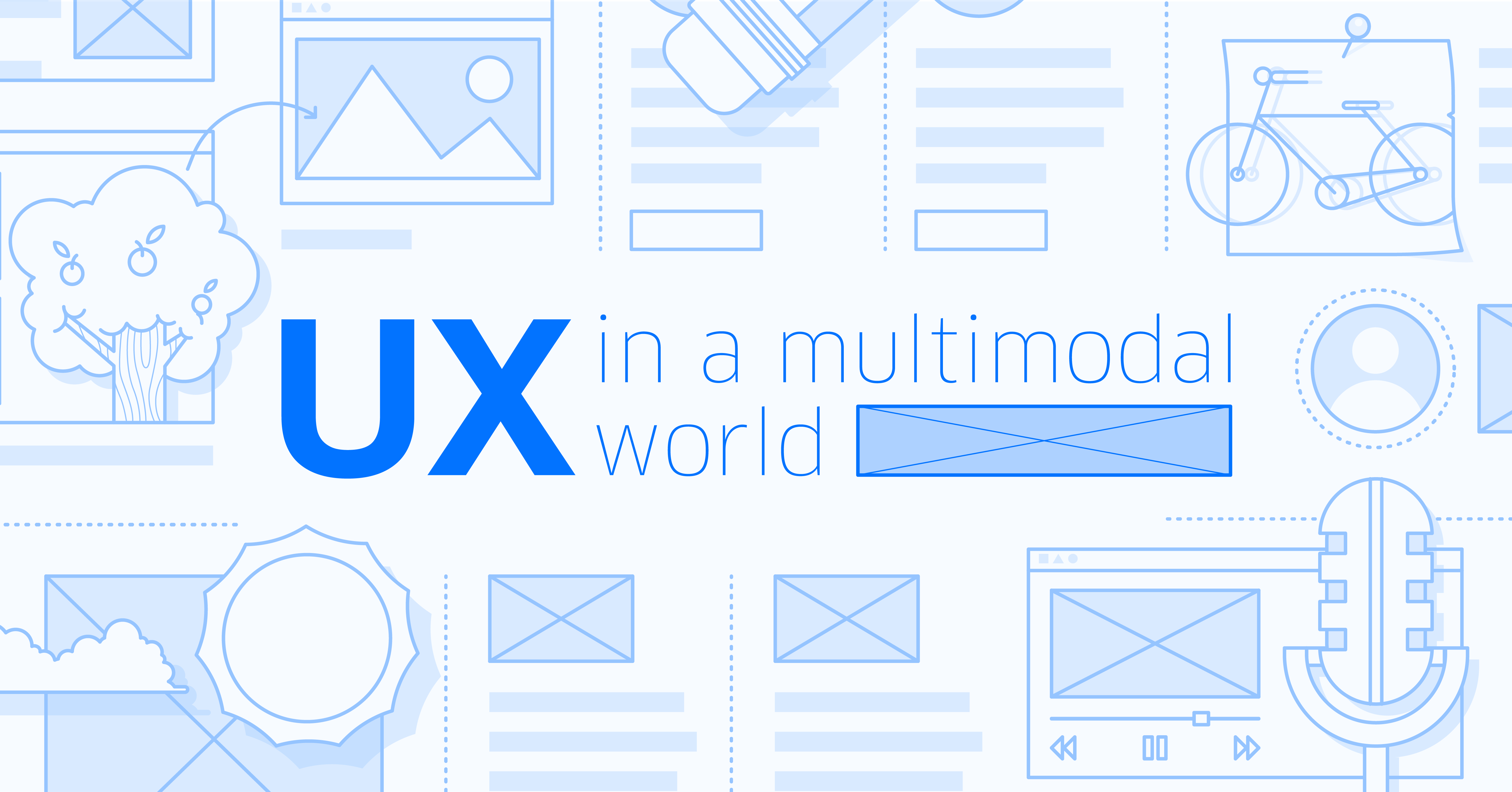The Future Is Now! How UX Reaches Everyone

You’re about to rise out of bed at 7:00am for a regular Friday morning. Before you do, you’ll use your face to biometrically unlock your phone and turn off your alarm. Once awake, you yawn and ask your voice assistant for the day’s weather forecast while walking over to your SmartHome device to check and adjust the temperature. Your Roomba swerves to avoid you as you walk to your Keurig. You use the touchscreen to make it a large coffee – it’s going to be a busy day.
Now it’s 7:45am. You’re now caffeinated, so you grab your bluetooth headphones and head to your Peloton bike for a quick cycling class to boost your mood & motivation. The Apple Watch on your wrist counts each heartbeat and records the intensity.
8:45am. You remotely start your car to heat it up before your commute. The car unlocks automatically as you approach with the key in your bag. Your backup camera beeps furiously at you to stop — you were initiating GPS voice guidance to advise you on the best route to take but got distracted and nearly hit your mailbox.
9:00am. You arrive at the office, sit at your desk and check your email, opening your first website of the day.
Before you even touched a keyboard or a mouse, you interacted with 12 distinct interface experiences, and not one of them was a website.
Defining the Disconnect
The realm of human-computer interaction is much more diverse, complex and dystopian exciting now than ever before. With the widespread adoption of products in the realms IoT, AI, AR/VR, voice, wearables, gaming and more (not to mention the Metaverse), these interactions are so commonplace that they’re becoming almost invisible to us as we integrate them into our daily routine. These modes of interaction are a mix of the audible and inaudible, the visible and the invisible, the spatial and gestural, the tangible and intangible, the symbolic and the language-based, the proactive and the responsive. They’re ergonomic. Human-centered. Thus the field of UX is sitting largely in the multimodal realm, and ever increasingly so.
However, there’s a disconnect between where the emphasis of the UX design industry is now and where UX interaction is felt most keenly for the average human in the US today. Why, with all this opportunity, is UX as an industry still so narrowly focused on screens and clicks? The future (and indeed the present) of UX as a creative and problem-solving field is not only in website experiences, but in a multimodal human experience.
Old Processes Die Hard
How do the existing paradigms fail to meet the needs of this fast-changing landscape? After all, it’s been years since we left behind the short-sighted model of thinking that is Conversion Rate Optimization (CRO) and wholeheartedly adopted the holistic mindset of User Experience Optimization (UXO). Where do the systems that support the methods of UXO fail to propel the field forward to reach its full potential?
Limited or Piecemeal Scoping
A full view of the Customer Experience (CX) involves a collaborative and multidisciplinary approach. In other words, it’s more than just a UX problem (within today’s common framework of dividing creative work).
Lack of Predictability
Working as a UX designer, it’s easy to see that every project, every business and every audience is utterly unique. Producing a tailored solution requires a great deal of research and effort, even for a project with a very focused and defined scope. With a CX approach, this uniqueness is multiplied because the scope and network of the interactions we’re targeting are multiplied, and so are the potential UX challenges we need to anticipate and solve.
The State of User Testing
Testing a system or sequence of experiences that shift modes is a lengthier and more complex process than testing a single-mode experience (i.e. a website or mobile app). How do you test your solutions at scale when you’re trying to figure out how someone interacts in multiple settings, with multiple systems over a longer period of time?
The Future Is Now
As humans evolve their relationship with technology, so will UX designers. In today’s multimodal ecosystem, UX designers must become more human-centered. One simple way to start is identifying the limiting assumptions we often make, training ourselves to observe the world with an eye for the state of the art and to ask the right questions as we approach usability so that our design nestles into a broader system of interactions that is almost certain to extend beyond the screen we’re designing for.
Changing the way we think or approach our work can be intimidating, but it can equally be exciting and full of opportunity if we’re quick to learn and adapt. Applied to human-centered UX, these kinds of paradigm shifts most often make for real and positive differences in the way humans experience the world through the technologies around them. The future of UX is more exciting and open than ever. Let’s not be afraid to change and think outside the box. The future is now!

Comments
Add A Comment